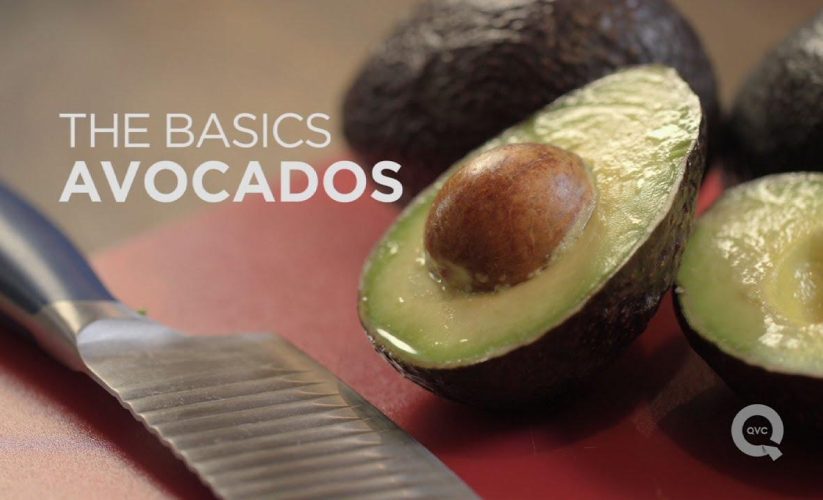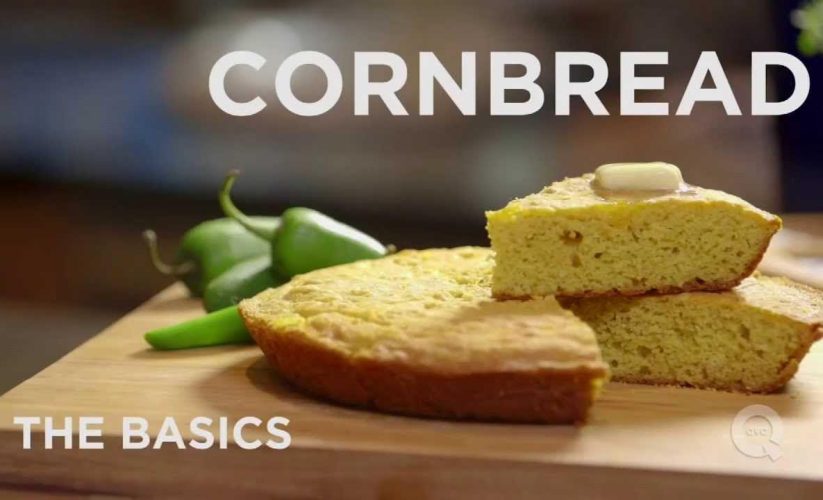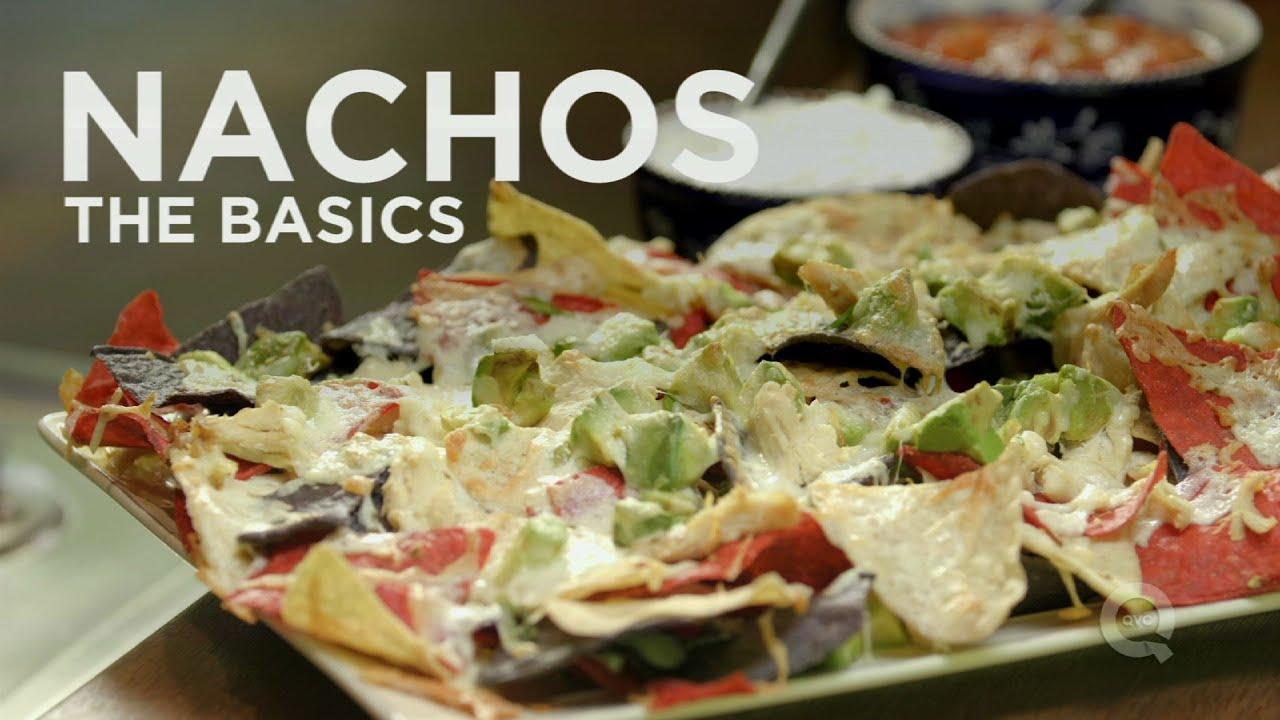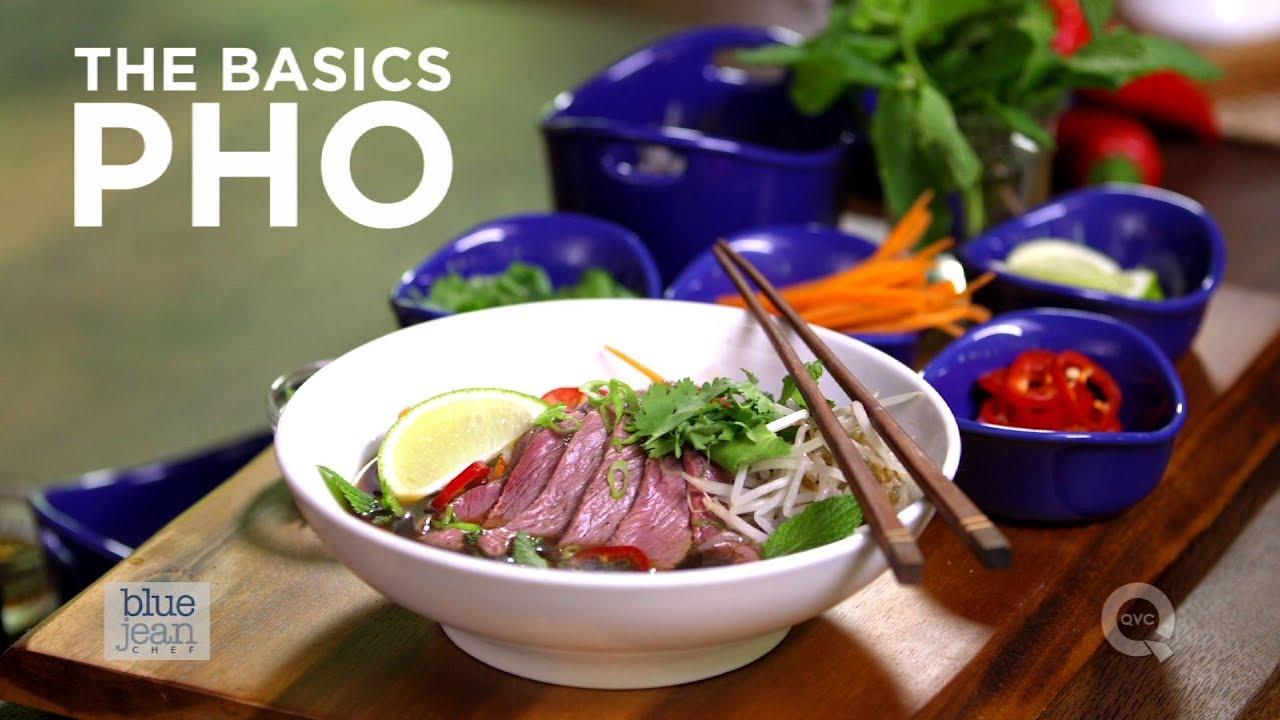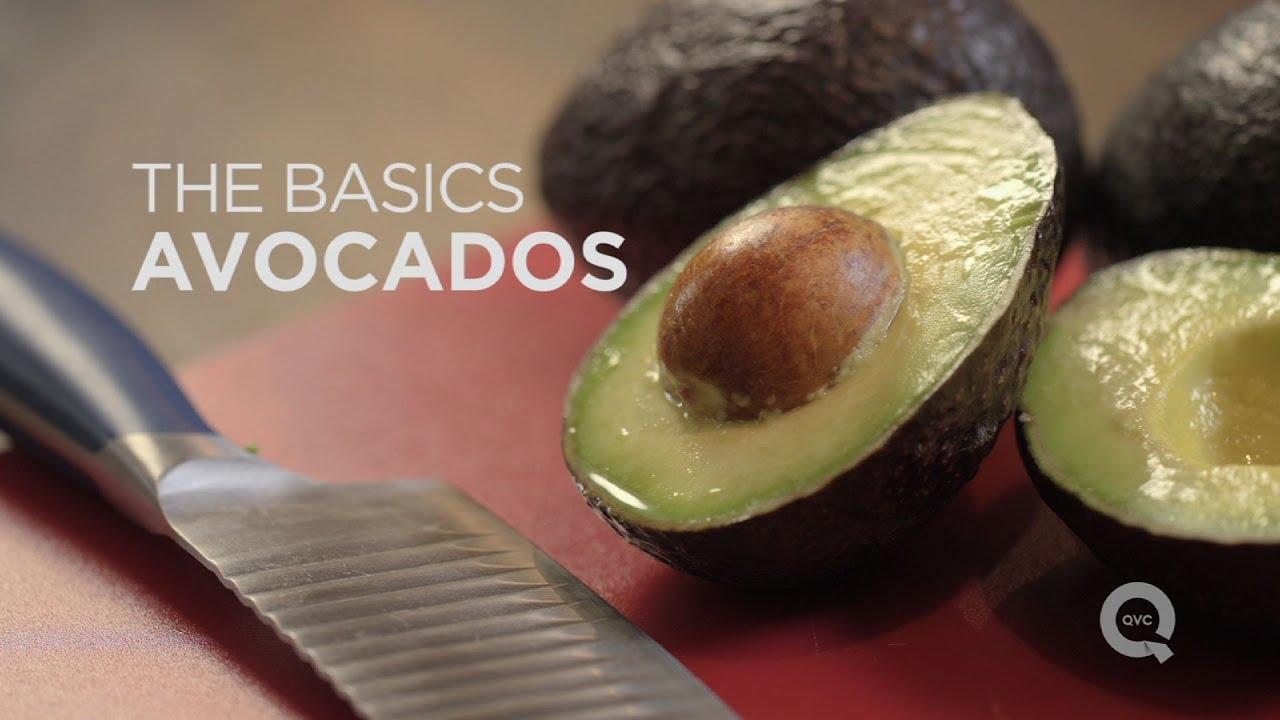Baking Soda vs. Baking Powder Explained in 60 Seconds
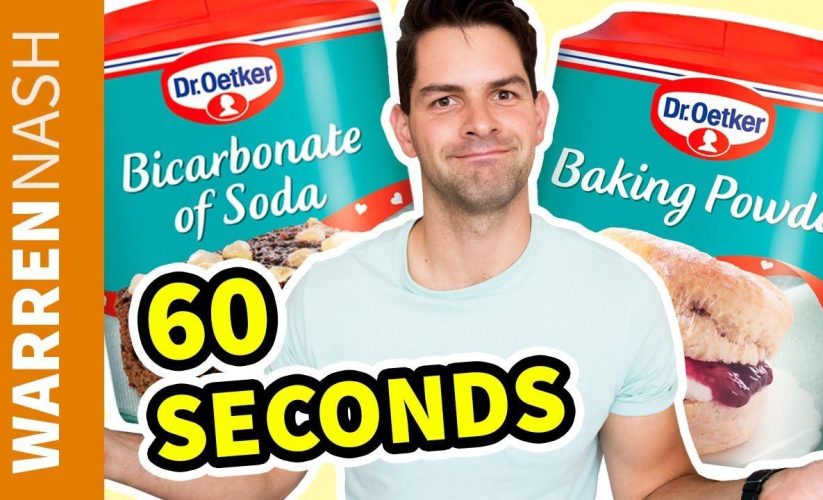
If you’ve ever dived into the world of baking, you’ve likely encountered both baking soda and baking powder — but have you ever paused to wonder what truly sets them apart? In just 60 seconds, our featured video unravels the science behind these common kitchen heroes. From the instant fizz of baking soda kickstarting your batter’s rise as soon as it meets acid, to baking powder’s clever double-acting lift that activates again under heat, understanding their unique roles can transform your baking results. Whether you’re aiming for the perfect cookie or a fluffy, tender cake, knowing when to use each can make all the difference. Let’s break down the bubbling magic behind baking soda and baking powder — no timer necessary!
Understanding the Science Behind Baking Soda and Baking Powder
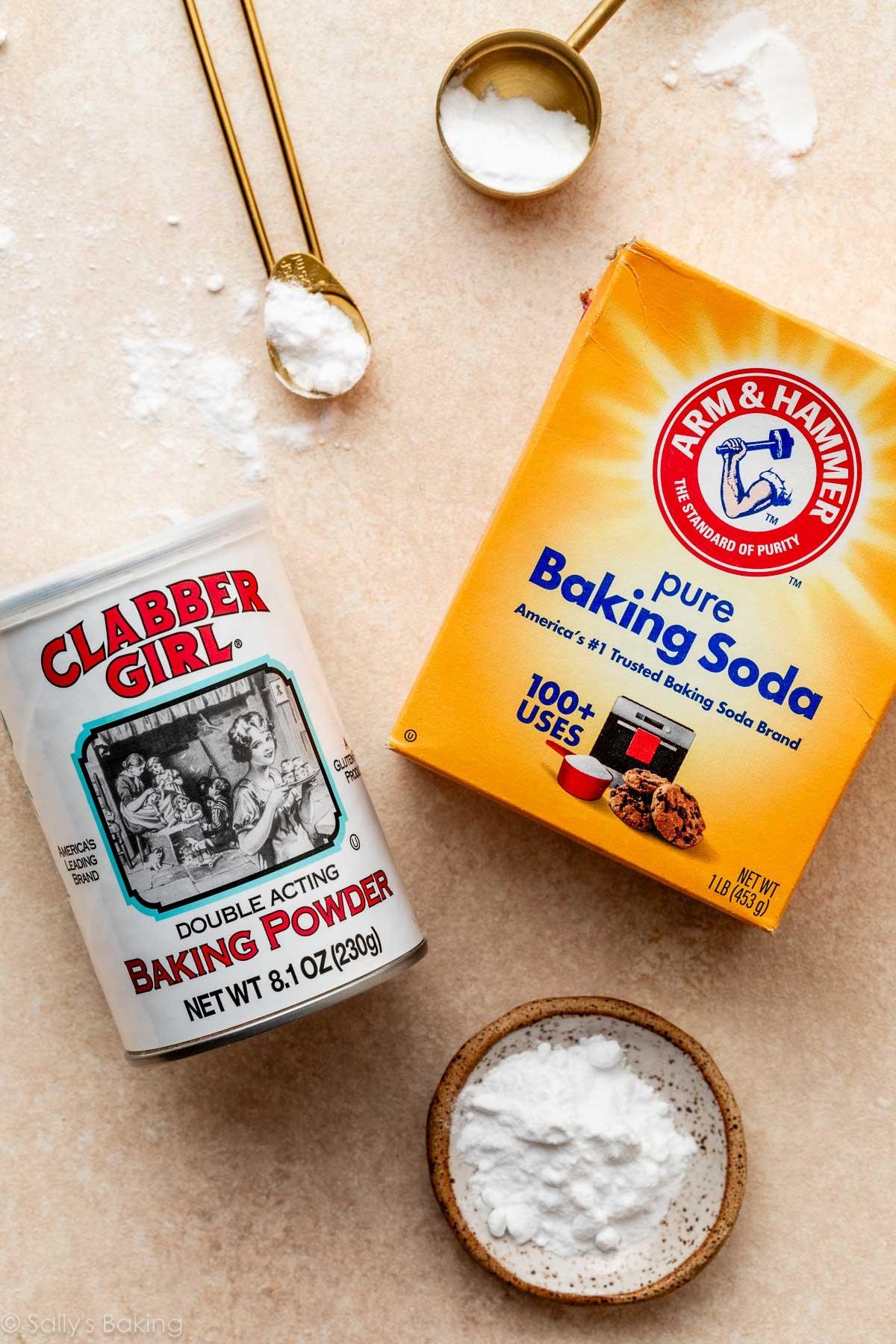
Baking soda is a pure chemical agent known as sodium bicarbonate. It reacts immediately when it encounters an acid—think lemon juice, yogurt, or buttermilk—releasing carbon dioxide bubbles that cause your batter to rise quickly. This instant reaction means you need to mix and bake right away to avoid your creation deflating. Because of its rapid lift, baking soda works best in recipes like cookies or quick breads where a controlled, immediate rise is desired.
On the flip side, baking powder is a self-contained leavening system combining sodium bicarbonate with an acid and a drying agent. This unique combo delivers not one, but two chances for your batter to rise: first when mixed with moisture, and second when exposed to oven heat. This dual-action ensures a more sustained and voluminous lift, perfect for airy, fluffy bakes such as cakes. Below is a quick comparison to help visualize their roles:
| Feature | Baking Soda | Baking Powder |
|---|---|---|
| Reaction Time | Instant | Two-stage (mixing + heat) |
| Contains Acid? | No | Yes |
| Best For | Cookies, quick breads | Cakes, fluffy treats |
| Rising Duration | Short | Extended |
How Acid and Heat Activate Your Leavening Agents
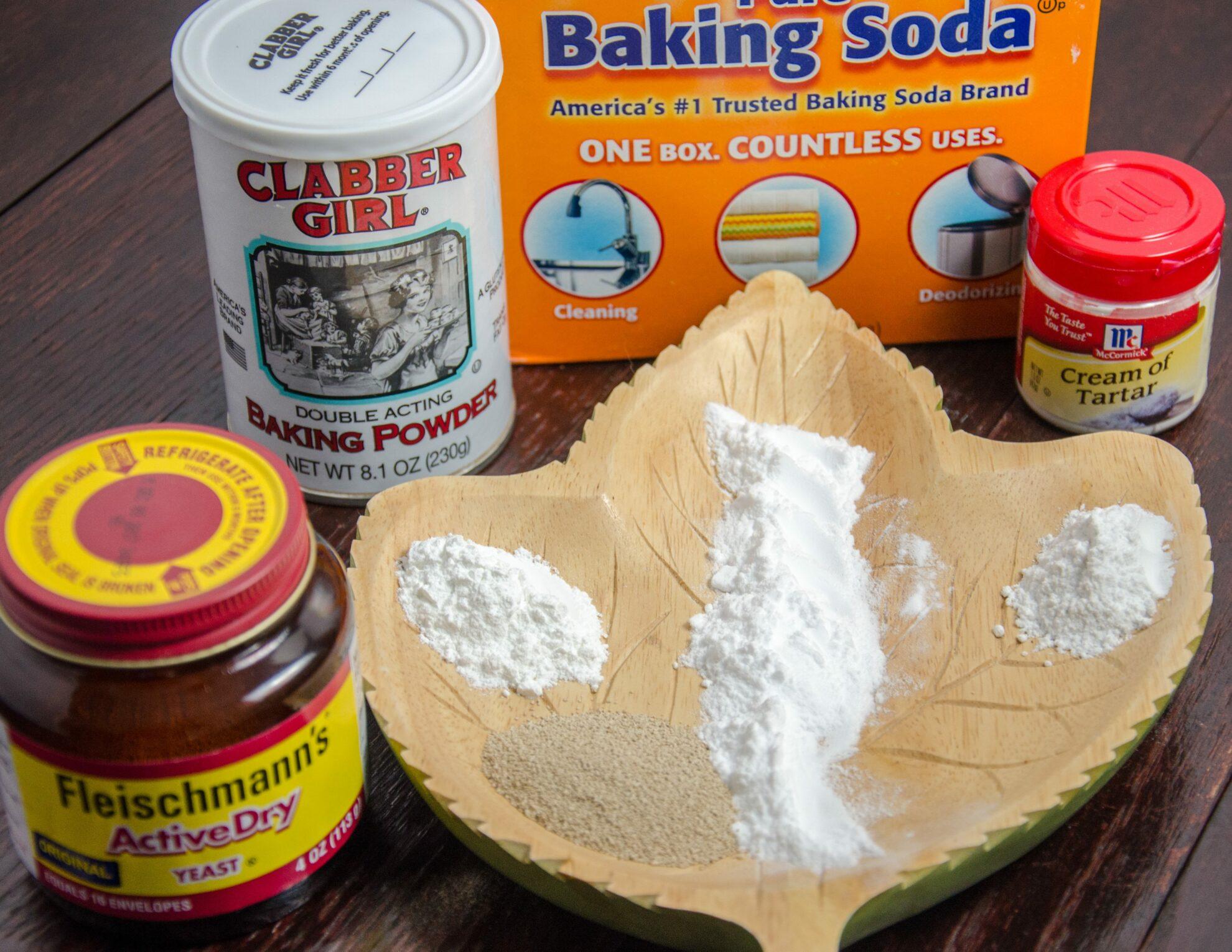
Baking soda leaps into action the moment it meets an acid—think buttermilk, lemon juice, or vinegar. This instant chemical flirtation releases carbon dioxide bubbles that puff up your batter immediately. That’s why you’ll notice fizzing and bubbling right away! But beware: because its reaction is so quick, you’ll want to get your mixture into the oven fast, or else your rise will fizzle out and your bake might end up flat.
Baking powder plays a clever double game. It contains both the base and the acid, so it starts bubbling as soon as it gets wet, giving you that initial lift similar to baking soda. Then, it saves some magic for later—with heat as the trigger, it kicks off a second rise during baking. This staged release means your cakes get that fluffy, tender crumb everyone loves, thanks to an extended, controlled lift throughout the baking process.
| Leavening Agent | Activation Trigger | Rise Timing | Best For |
|---|---|---|---|
| Baking Soda | Acid + Moisture | Immediate | Cookies, Quick Breads |
| Baking Powder | Moisture + Heat | Double Rise (Wet + Oven) | Cakes, Fluffy Bakes |
Choosing the Right Ingredient for Cookies Versus Cakes
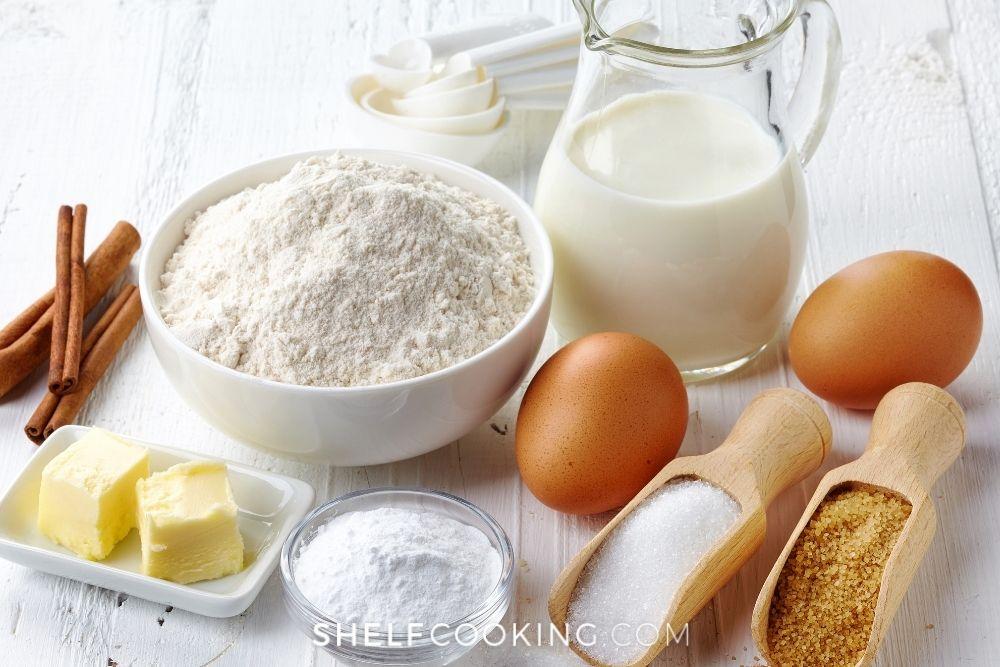
When deciding between baking soda and baking powder, consider the texture and rise your baked goods require. Baking soda works best in recipes with natural acids like brown sugar, yogurt, or lemon juice, which activate it immediately. This quick reaction creates bubbles right away, perfect for dense treats like cookies that need a modest lift without becoming fluffy. Since the rise happens fast, it’s crucial to bake your mixture immediately to avoid a flat final product.
On the other hand, baking powder contains its own acids, offering a two-step rise: one when wet and another with oven heat. This slower, sustained lift makes it ideal for lighter, airier textures such as cakes and muffins. Here’s a quick comparison to guide your next bake:
| Feature | Baking Soda | Baking Powder |
|---|---|---|
| Activation | Instant (acid + liquid) | Double (liquid + heat) |
| Best for | Cookies, quick breads | Cakes, muffins, fluffier bakes |
| Rise Speed | Fast | Gradual |
| Texture | Denser, chewy | Light, fluffy |
- Use baking soda: for crisp edges and a chewy center.
- Use baking powder: when you want tender crumb and height.
Tips for Maximizing Rise and Avoiding Common Baking Pitfalls
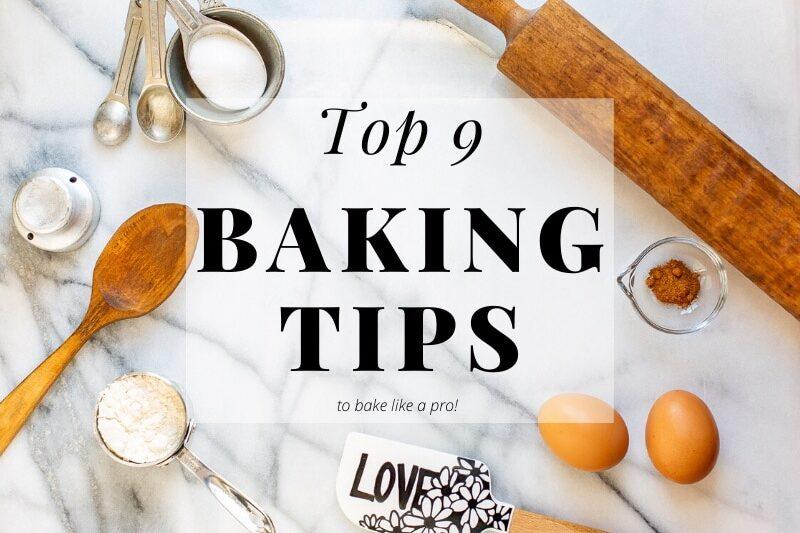
To get the fluffiest, tallest rise, timing and ingredient balance are key. Since baking soda activates immediately upon contact with acid, mix and bake your batter quickly to trap those precious bubbles before they escape. Using too much acid will cause an immediate, vigorous rise but may leave a metallic aftertaste, while too little acid means no activation at all, resulting in a dense bake. For recipes calling for baking powder, remember that it provides two distinct rises: one when mixed and a second boost during baking. This delayed rise makes it perfect for recipes needing a gentle lift over time, like fluffy cakes.
- Avoid common pitfalls: Overmixing your batter can deflate gas bubbles formed, leading to a flat result.
- Measure precisely: Too much leavening causes large air pockets and collapse; too little yields dense texture.
- Know your recipe’s acid content: Baking soda needs an acid to activate, baking powder already contains it.
- Act fast with baking soda: Delay means loss of rise potential.
| Tip | Best For | Result |
|---|---|---|
| Baking Soda + Acid | Quick bake cookies | Immediate rise, slightly crisp |
| Baking Powder | Cakes, fluffy breads | Two-stage rise, tender crumb |
Final Thoughts
And there you have it—a quick yet clear rundown of the key differences between baking soda and baking powder. Whether you’re whipping up some chewy cookies or aiming for a light and fluffy cake, knowing which leavening agent to use can make all the difference. Baking soda reacts immediately with acids to give a quick rise, perfect for denser treats, while baking powder takes its time, delivering a double lift that helps your bakes soar. Next time you reach for that pantry staple, you’ll have a fresh perspective on how each one shapes your creations. Happy baking!

